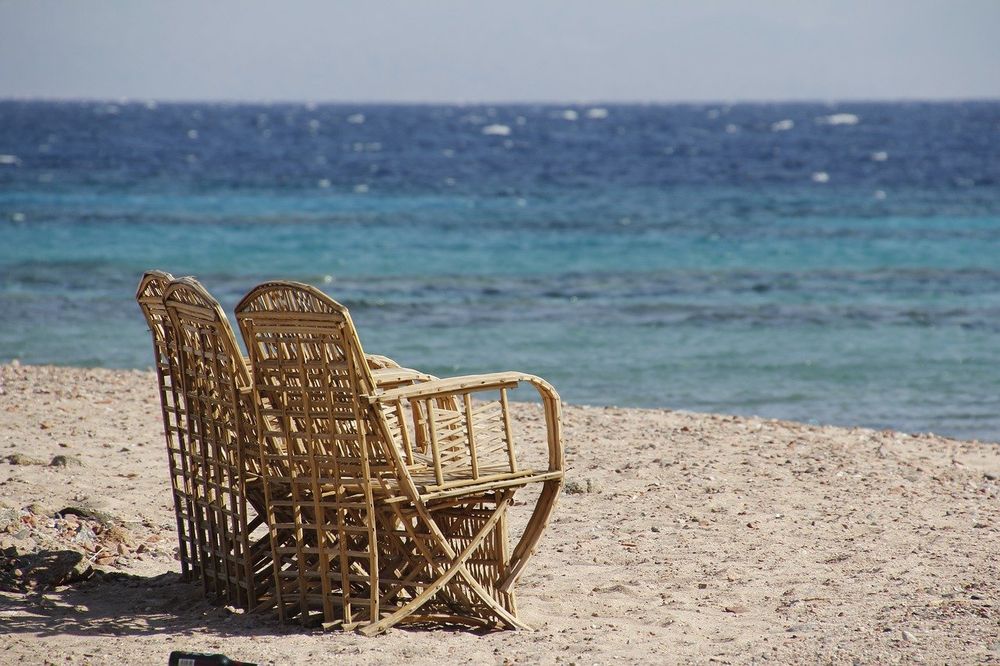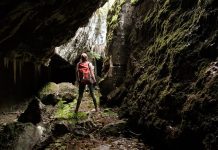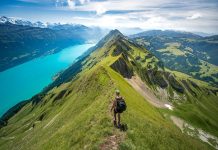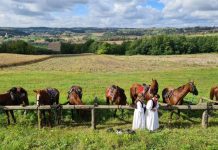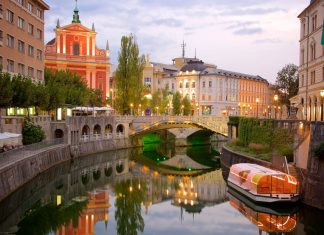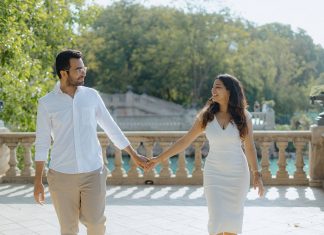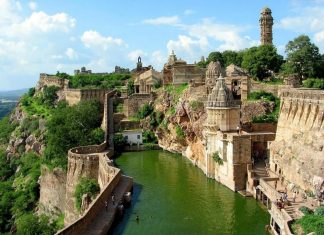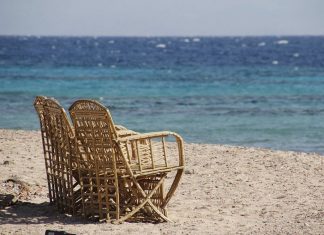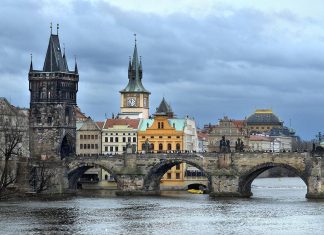Lefkosia(Nicosia), the 1,000-year-old capital, is encircled by fortress walls built by the Venetians in the 16th century. The old city is sprinkled with historical buildings as well as shops, cafes and tavernas.Lemesos(Limassol), the second largest city, is spirited and cosmopolitan. It is the main port, the center of the wine industry, and a bustling holiday resort.
Pafosis where Aphrodite, the goddess of love, is said to have risen from the sea. Spectacular archaeological finds continue; UNESCO has designated the entire town a World Heritage site.
Larnaka, site of the modern international airport, has a palm-lined seafront bustling with cafes, tavernas, shops and bars; the nearby marina is popular with yachtsmen from all over the world. Leonardo da Vinci chose Lefkaritika lace, in a pattern still made in the village ofLefkara, as an altar cloth for Milan Cathedral. The monastery of Stavros graces the stone-paved square ofOmodos, a wine-producing village.
Note: Cyprus has instituted new English spellings for Greek place names, such as Lefkosia for Nicosia.
Attractions
Cyprus Archaeological Museum, Lefkosia. Priceless and fascinating collection of Cypriot antiquities and art treasures from the Neolithic age to the early Byzantine period.
Byzantine Museum and Art Gallery, Lefkosia. Largest collection of 9th- through 18th-century icons on the island. The Art Gallery contains oil paintings, maps, lithographs and related works.
Kolossi Castle, Lemesos. A fine example of medieval military architecture originally constructed in the 13th century and subsequently rebuilt in its present form.
Kourion Ancient Site, Lemesos. An important city kingdom, with a magnificent Greco-Roman theater originally built in the 2nd century B.C., and enlarged in the 2nd century.
St. Lazarus Church, Larnaka. One of the finest examples of Byzantine architecture, built in the 9th century by Emperor Leo VI and restored, following the original plan, in the 17th century.
Mosaics of Pafos, Kato Pafos. The amazing 3rd-century mosaic floors, which portray scenes from Greek mythology, are considered the finest in the eastern Mediterranean.
Kykko Monastery, Troodos mountains. The richest and most famous monastery in Cyprus was founded in 1100 and dedicated to the Virgin Mary.
Assinou Church, Troodos mountains. Frescoes of the 12th century and later periods are the island’s finest Byzantine murals.
Panayia Chrysopolitissa Church, Pafos. Built in the 13th century over the ruins of a large Byzantine basilica; contains St. Paul’s Pillar.
SomethingSpecial
A free two-hour guidedwalking tour, which highlights the age-old character of Lefkosia, starts from the tourist office every Thursday morning. A free bus-and-walking tour of the Kaimakli area, one of Lefkosia’s oldest suburbs, is available every Monday.

